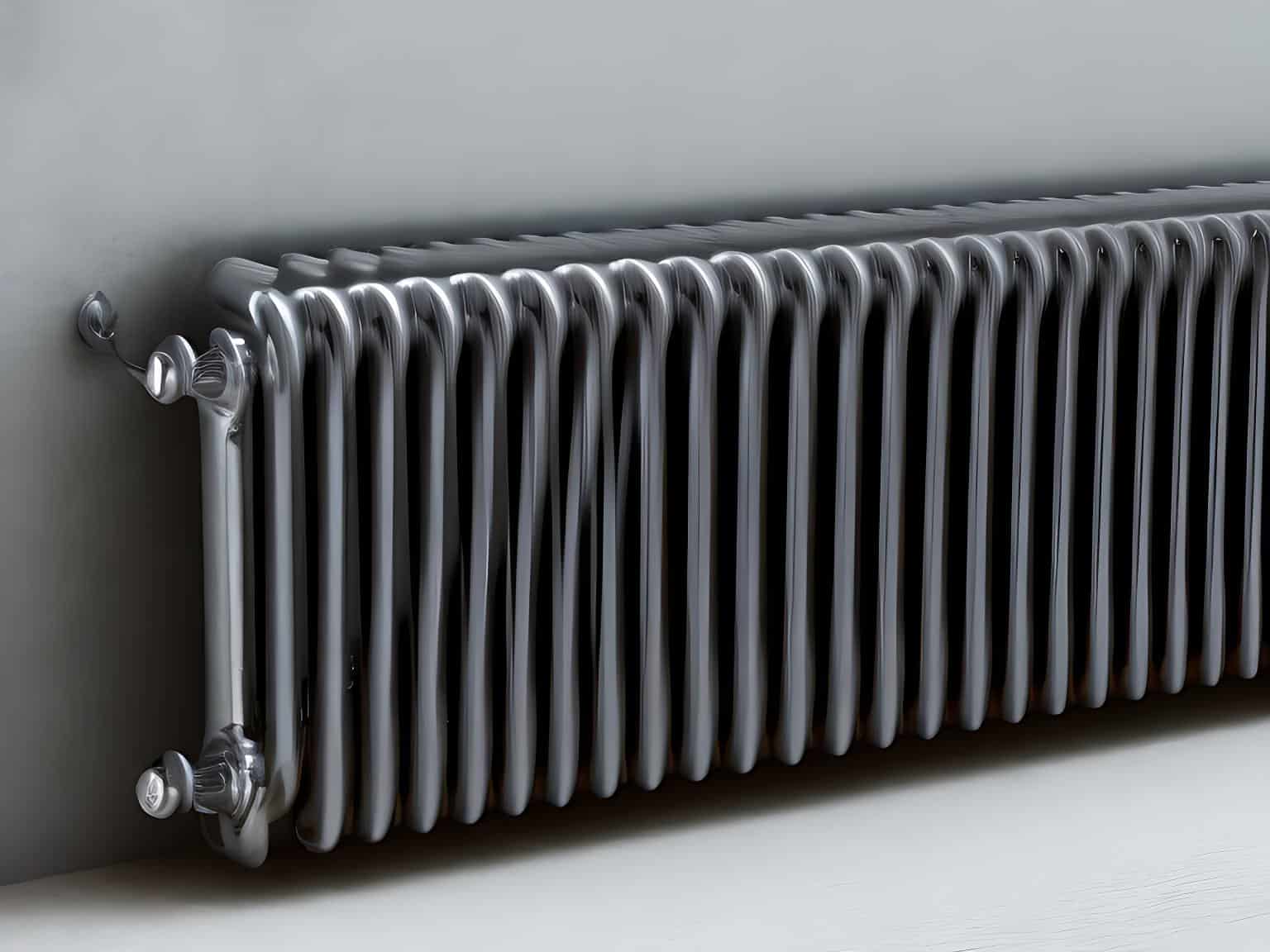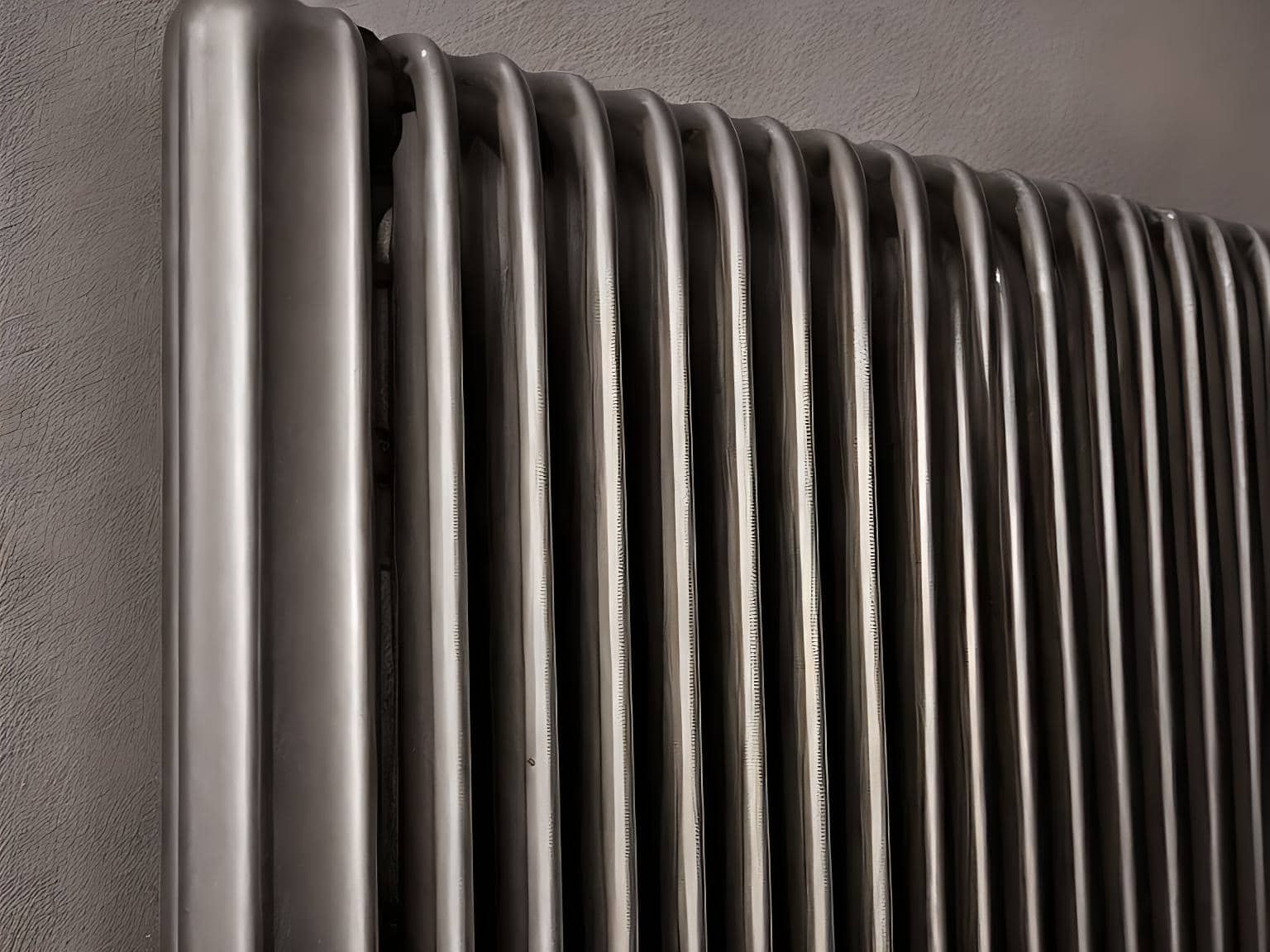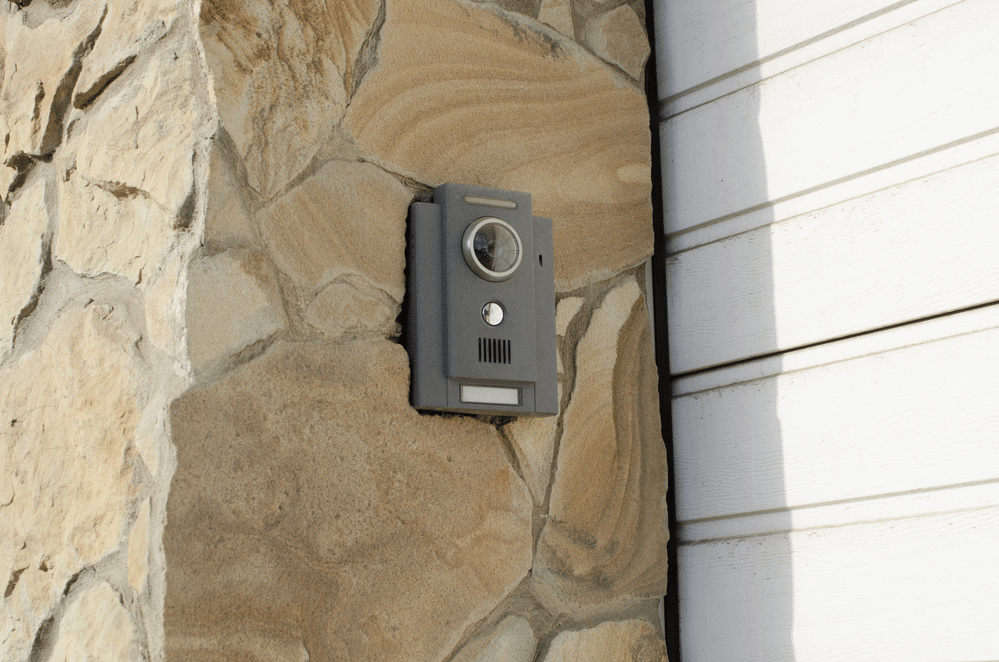Last Updated on
What if your oil filled radiator stopped working? This is a common issue for many homeowners, but don’t worry – we have the answers to your questions and are here to help. In this blog post, we’ll explore some of the most common causes of malfunctions when it comes to these radiators as well as how you can troubleshoot them yourself or know when it’s time to call a professional. We’ll also give you tips on how best prevent future problems with your own radiator – so that next time the question “why has my oil filled radiator stopped working?” won’t be something you need ask again.
Table of Contents:
- Common Causes of Oil Filled Radiator Malfunctioning
- Troubleshooting Your Oil Filled Radiator
- How to Prevent Future Problems With Your Oil Filled Radiator
- When Should You Call a Professional?
- FAQs in Relation to Why Has My Oil Filled Radiator Stopped Working
- Conclusion
Common Causes of Oil Filled Radiator Malfunctioning
Oil filled radiators are a popular and efficient way to heat your home. But like any other appliance, they can malfunction from time to time. Here are some of the most common causes of oil filled radiator malfunctions:
1. Lack of Power – If your oil filled radiator isn’t receiving enough power, it won’t be able to operate properly. Check that all connections are secure and that the fuse is working correctly before calling in an engineer.
2. Faulty Thermostat – The thermostat on an oil filled radiator controls how much heat is produced by regulating the temperature inside the unit itself. If this fails or becomes faulty, then you may experience problems with your heater not turning on or off when it should be doing so.
3. Blocked Air Vents – Oil filled radiators rely on air vents for proper ventilation and cooling down during operation; if these become blocked due to dust or debris, then it could cause issues with the overheating and poor performance overall. Make sure you keep these clean at all times.
If none of these potential causes seems likely after checking them out yourself, then it might be best to call in a professional engineer who can diagnose what exactly is wrong with your oil-filled radiator and get it back up and running again as soon as possible.
It is important to be aware of the common causes of oil filled radiator malfunctioning so that you can troubleshoot any issues quickly and effectively. In the next section, we will explore how to do just that.
Troubleshooting Your Oil Filled Radiator

If your oil filled radiator isn’t working as it should, there are a few steps you can take to troubleshoot the issue. First, check that the power supply is plugged in and switched on. If it is, then test the thermostat to make sure it’s functioning correctly. You may need to adjust or replace this component if necessary.
Next, look for any blockages in the air vents of your radiator. These can be caused by dust and debris build-up over time which prevents hot air from circulating properly around the unit. Clean out these vents with a vacuum cleaner or compressed air duster if needed and ensure they’re free from obstructions before continuing further tests.
Finally, check all electrical connections inside your oil filled radiator for signs of corrosion or damage which could be causing problems with its performance levels. If you find any loose wires or faulty components then replace them immediately as these could be causing overheating issues within your system too.
Once you have identified the problem with your oil filled radiator, it is important to take preventative measures to avoid any future issues. In the next section, we will look at how to do just that.
How to Prevent Future Problems With Your Oil Filled Radiator
It’s easy to take your oil filled radiator for granted. After all, it does its job of keeping you warm and cosy without any effort on your part. But like any other piece of machinery, regular maintenance is key in ensuring that it continues to work properly. Here are some tips on how to prevent future problems with your oil filled radiator:
1) Check the air vents regularly – Make sure there are no blockages or obstructions preventing air from circulating through the radiator. This will help keep it running efficiently and reduce the risk of overheating or malfunctioning.
2) Keep an eye out for signs of wear and tear – Look for signs such as rust, corrosion, cracks or loose parts which could indicate a problem with the unit itself or its components. If you notice anything unusual then contact a professional immediately before further damage occurs.
3) Avoid placing near heat sources – Placing an oil filled radiator too close to another heat source can cause it to overheat and potentially malfunction due to excessive temperatures in its vicinity. Be sure not to place them near fireplaces, stoves or other sources of direct heat if possible.

4) Clean Regularly – It is important to regularly clean out any dust particles that may accumulate inside the unit, as this can lead to poor performance and even breakdowns if left unchecked. To do so, use a vacuum cleaner attachment specifically designed for this purpose which can be found at most hardware stores.
5) Don’t overload outlets – Overloading electrical outlets by plugging in multiple appliances at once can put strain on both the outlet itself as well as your oil filled radiator so be mindful when connecting multiple devices into one socket.
6) Follow manufacturer instructions – Always read through user manuals carefully before attempting any repairs yourself as incorrect handling may void warranties or cause further damage down the line so best practice is always advised here.
If after following these steps you still experience issues with your oil filled radiator then do not hesitate to contact a qualified technician. They will be able to diagnose what is wrong quickly and provide expert advice on how best to proceed in order to get back up and running again as soon as possible.
When Should You Call a Professional?
If you’ve been having problems with your oil filled radiator, it can be difficult to know when to call a professional for help. Generally speaking, if you are unable to identify the cause of the problem or fix it yourself, then it is time to contact an expert.
In some cases, a simple reset may be all that is needed. If this doesn’t work and you have tried other troubleshooting steps such as checking the power supply and thermostat settings without success, then calling in a professional might be necessary. It’s also important to note that some types of radiators require specialised knowledge and tools which most people won’t have access too. In these instances getting help from someone who knows what they’re doing will save time and money in the long run.
It is also worth considering if any parts need to be replaced before attempting repairs yourself; depending on the type of radiator, this could involve anything from heating elements or valves to entire sections needing replacement due to corrosion or damage caused by wear and tear over time. In these cases, it would be wise to seek out specialist advice as there are often safety considerations involved when dealing with electricity or hot surfaces – something best left up to professionals who understand how things should fit together properly and securely.
Finally, if your radiator has become noisy (which can happen over time), then it could indicate a more serious underlying issue such as air pockets forming within its pipes which needs resolving sooner rather than later; so don’t hesitate in calling an expert at this point either.
FAQs in Relation to Why Has My Oil Filled Radiator Stopped Working
How do you reset an oil filled radiator heater?
Resetting an oil filled radiator heater is a simple process. First, unplug the heater from the wall outlet and wait for it to cool down. Then, locate the reset button on the back or side of the unit. Press and hold this button for 10-15 seconds until you hear a click sound indicating that it has been reset. Finally, plug in your heater again and turn it on – your oil filled radiator should now be ready to use.
What to do if oil heater is not working?
If your oil heater is not working, the first step is to check if it has been filled with fuel. If it has, then you should check the thermostat and make sure that it is set correctly. You may also need to reset the circuit breaker or replace a fuse. If these steps do not work, then you should contact a qualified technician for further assistance. They will be able to diagnose any underlying issues and provide advice on how best to repair your oil heater.
Why is my radiator heater not working?
There are several possible reasons why your radiator heater is not working. Firstly, check the power supply to ensure it is plugged in and switched on. If this does not resolve the issue, then you may need to check if there is a blockage in the pipes or valves that could be preventing hot water from flowing through. Additionally, it could be due to an issue with the thermostat or timer settings which can easily be adjusted by following instructions in your user manual. Lastly, if all else fails, contact a qualified heating engineer for assistance as they will have specialist knowledge of how to diagnose and fix any issues with your radiator heater.
Conclusion
We’re hoping that the question, “why has my oil filled radiator stopped working?” was answered in this guide and has given you the answers and advice you need to get your radiator back up and running. Remember that if all else fails, it’s best to call a professional for help. With proper maintenance and care, your oil filled radiator should last for many years without any major issues.
Paul is the type of person who never met a problem he couldn’t fix. He can always be found tinkering with something in his house, even if it isn’t broken! His tips and tricks are often shared on our site. He’s the one you call when something breaks because he has been known to improvise fixes for everything from leaky faucets to malfunctioning dryers.



